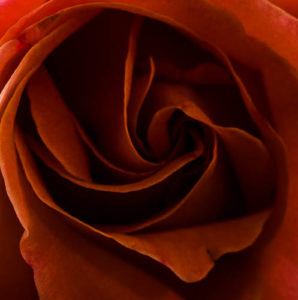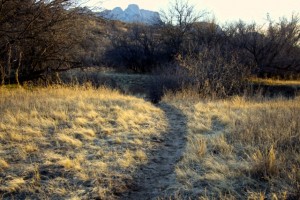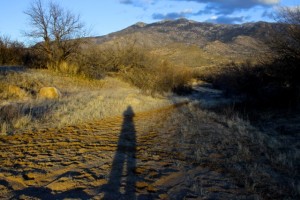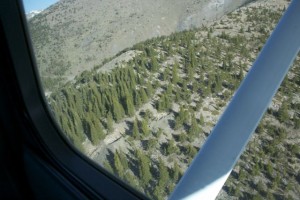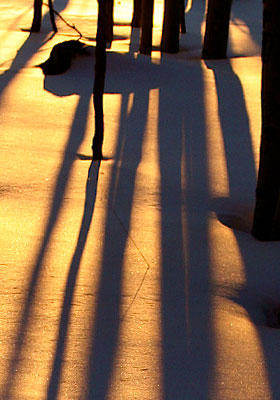What do you see when you look at the center of this rose? What emotions do you feel?
When it appeared as one of spring’s first offerings in my garden, I marveled at the perfection of the folds and their graceful sweep. And, I am drawn to the center, wondering in awe at the source of this creation.
The center of all flowers must contain the mystery, the source of their blooming, the secret behind their fragrance and the perfection of their beauty. And of course, if we were to tear the rose apart to discover the secret, we would destroy it. Somehow it is the very form the mystery takes that is part of its perfection. The mystery unfolds on its own, in its own time and in its own way. Just as we do. Just as life does.
I’ve long associated the rose with the power of the Virgin Mary, especially since I live in Tucson, a region where the Virgin of Guadalupe is very present. My husband and I have visited the chapel and shrine to her in Mexico, where a peasant named Juan Diego had an encounter with her and found an imprint of roses inside his poncho afterwards.
For me, the energy and power of the Virgin Mary is paired with Mary Magdalene and the other Marys in the Christian tradition, and the rose reminds me of all of them. They are, for me, aspects of the Divine Feminine that we need desperately now, regardless of our religious beliefs.
And so I was delighted, after I took this photo, to read this article (https://www.thoughtco.com/sacred-roses-spiritual-symbolism-rose-123989 )on the sacred symbolism of the rose that expanded its meaning for me. It turns out that the rose is a key symbol dating from pre-Christian times and associated with devotion to the goddess Venus. For Muslims, roses are symbols of the soul, and are sprinkled through the ecstatic poetry of Rumi and Hafiz. Hindus and Buddhists consider than to be expressions of spiritual joy. And when the fragrance of the rose is present and roses cannot be seen, God is at work.
As for the “mystic rose,” as the Virgin Mary is called, I had never thought of the prayer Catholics offer to her being the “rosary.” The repetition of the rosary is meant to be like a “spiritual bouquet” offered to The Virgin. And since women are particularly devoted to her, she is a powerful spiritual ally for the feminine principle.
I learned that essential rose oil vibrates at 320 megahertz of electrical energy, the highest vibration of any oil. The nearest competitor is lavender at 118. It was humbling to learn that a healthy brain vibrates at a range of 71-90!
If a loved one gives you a rose, no wonder it’s considered a sign of true love. And pay attention to the color. White is said to represent purity, red represents sacrifice and passion, yellow suggests wisdom and joy, and lavender symbolizes wonder, awe and positive change.
I say, be your own lover and give yourself a rose. And you might consider that an invitation for a miracle or angelic encounter. When the deep power of femininity is called forth, mysteries can be solved, wisdom revealed, and the perfection of Beauty can become the medicine for all ills.
This post can also be seen on Huffington Post at http://www.huffingtonpost.com/entry/58e17d4be4b03c2b30f6a7c2
